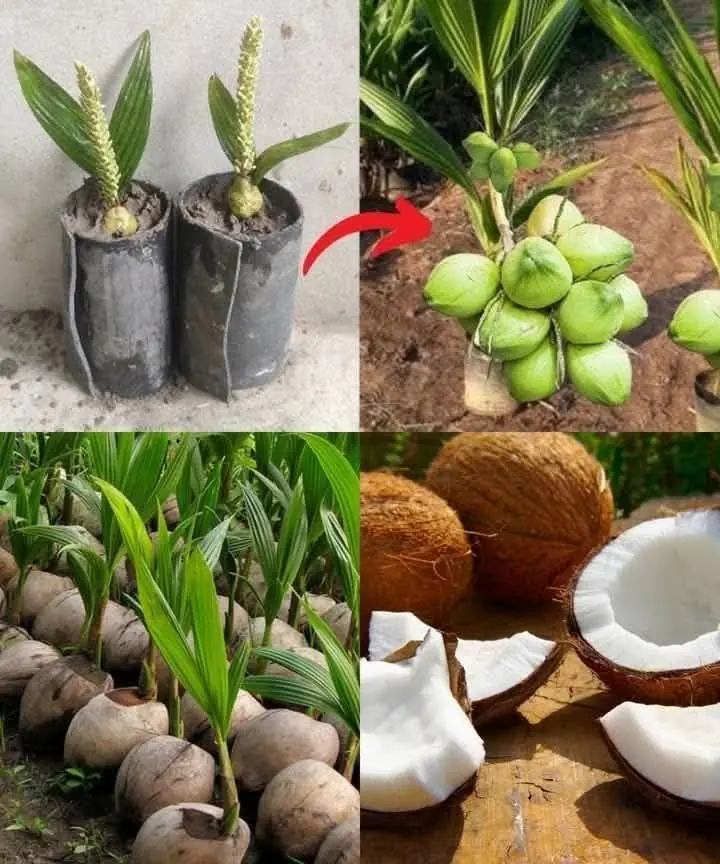
How To Plant Store-Bought Ginger & Grow Your Own Endless Supply
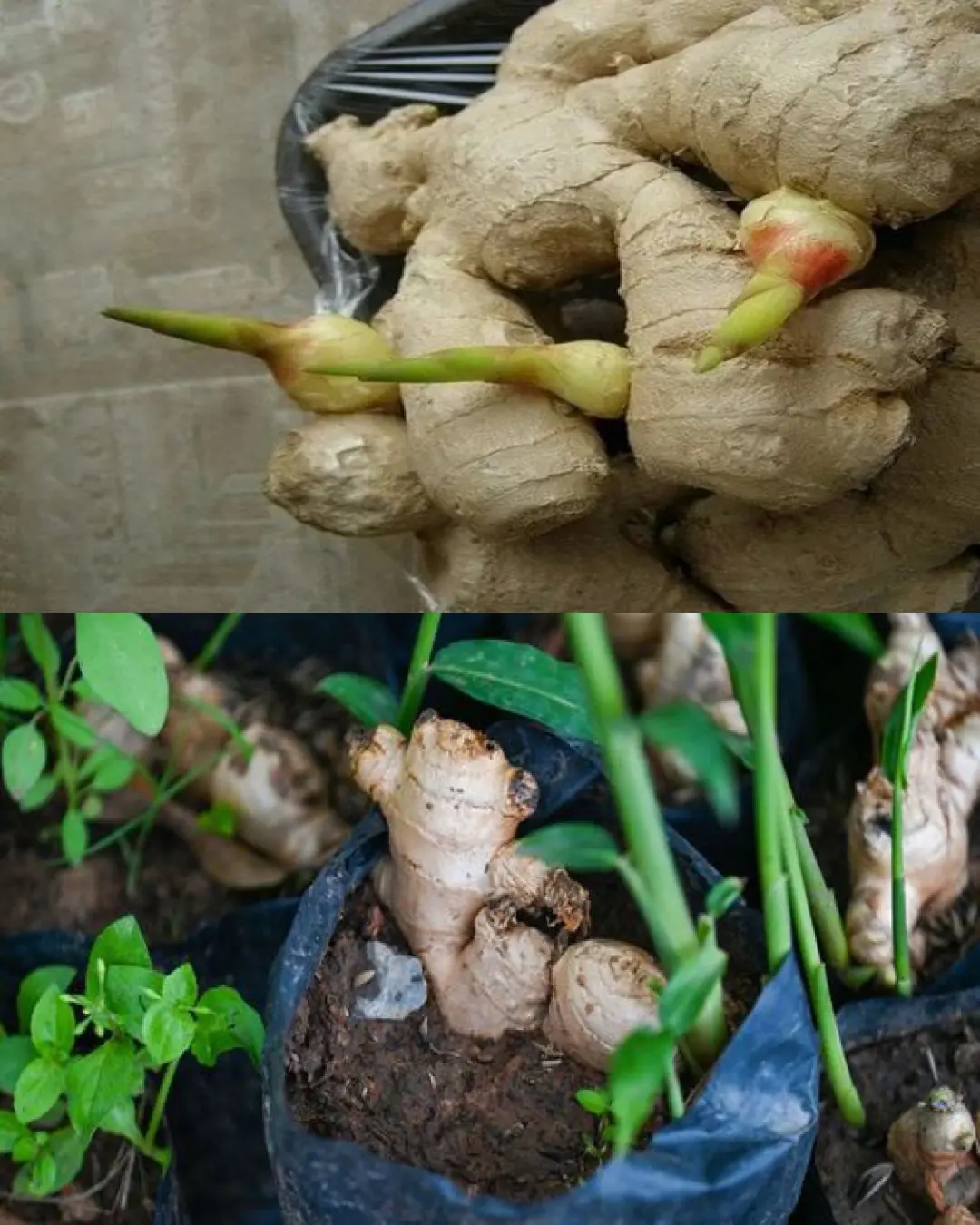
How To Plant Store-Bought Ginger & Grow Your Own Endless Supply
Ginger is a versatile, flavorful root that adds a zesty kick to your meals and beverages. It’s widely used in cooking and traditional medicine, but did you know that you can grow your own fresh ginger right at home? It’s easier than you might think, and you don’t even need special seeds - just a piece of ginger from your local grocery store. This guide will show you how to plant store-bought ginger and cultivate your own endless supply.
Why Grow Ginger?
Growing your own ginger can be both fun and rewarding. Aside from the obvious benefit of having a fresh supply of ginger whenever you need it, cultivating ginger at home allows you to control its growing conditions. Fresh ginger from the store often loses its potency and flavor over time, but when you grow it yourself, you can harvest it as needed, ensuring the best quality and taste.
Additionally, ginger is known for its medicinal properties, including anti-inflammatory and antioxidant benefits. Growing it at home ensures you have a fresh, organic source of this powerhouse root.
Choosing the Right Ginger Root
To start growing ginger, you’ll need to select a ginger root from the store. When purchasing ginger, look for a fresh, firm rhizome (the root part of the plant) that is plump and free of wrinkles or blemishes. Avoid buying ginger that looks dry or shriveled, as it will be less likely to sprout.
It’s important to note that while you can grow ginger from a store-bought root, the best time to plant is when the ginger root has visible “eyes” or buds - these are the small, knobby growth points where new shoots will emerge. You can find these eyes on the root’s surface, and they should look like small nubs or buds.
Step-by-Step Guide to Planting Store-Bought Ginger
Step 1: Preparing the Ginger Root
1. Soak the Root
Start by soaking your ginger root in water for about 12-24 hours before planting. This will help rehydrate the root and promote sprouting. If the ginger root is large, you can cut it into smaller sections, ensuring each section has at least one “eye” or bud. Make sure the pieces are at least 1-2 inches long.
2. Let the Root Dry
After soaking, let the ginger root pieces dry for a day or two to prevent rot. This drying process helps the cuts heal and reduces the risk of disease.
Step 2: Choosing the Right Pot and Soil
1. Pot Selection
Ginger grows well in large, wide containers. Choose a pot that is at least 12 inches deep and wide enough to allow for the spread of the ginger root. A plastic or ceramic pot with drainage holes is ideal, as ginger does not like to sit in stagnant water.
2. Soil Preparation
Ginger thrives in rich, loamy, and well-draining soil. You can buy a potting mix formulated for vegetables or herbs, or you can mix your own. A good mix would be 2 parts loamy soil, 1 part compost, and 1 part perlite or sand for drainage.
Step 3: Planting the Ginger Root
1. Plant the Root
Fill your pot with the prepared soil, leaving about 2 inches of space from the top. Place the ginger root pieces in the soil, with the buds or eyes facing upward. Gently cover the root with soil, ensuring that the buds are just below the surface.
2. Watering
After planting, water the soil lightly. Ginger needs a consistently moist environment to grow, but make sure not to overwater as this can cause the roots to rot. Keep the soil evenly moist, but not soggy.
Step 4: Caring for Your Ginger Plant
1. Choose a Warm Location
Ginger loves warmth and humidity, so place the pot in a spot where it will receive indirect sunlight. A warm windowsill or greenhouse is ideal. If you live in a cooler climate, you can also grow ginger indoors.
2. Humidity
Ginger thrives in humid conditions, so if you’re growing it indoors, you may want to place the pot on a tray filled with water and pebbles to increase humidity. Alternatively, you can mist the plant occasionally to maintain moisture in the air.
3. Fertilizing
Ginger is a heavy feeder and benefits from regular feeding. Use a balanced liquid fertilizer (preferably organic) every 4-6 weeks during the growing season. Over-fertilizing can harm the plant, so use fertilizer sparingly.
4. Watering
Keep the soil consistently moist, especially when the ginger is actively growing. However, make sure the container has proper drainage to prevent waterlogging.
Step 5: Harvesting Ginger
Ginger takes time to grow, typically requiring 8-10 months to fully mature. You will know your ginger is ready for harvest when the leaves start to yellow and die back. At this point, the ginger root will have reached a substantial size.
1. Harvesting the Root
To harvest your ginger, gently dig around the base of the plant with a trowel or your hands. You can pull up the entire root or simply break off a section, leaving the rest of the root in the soil to continue growing.
2. Storing Fresh Ginger
Once harvested, you can use fresh ginger immediately or store it in the refrigerator for a few weeks. If you have excess ginger, you can freeze it by cutting it into chunks and placing it in a freezer-safe bag.
Tips for an Endless Supply of Ginger
-
Multiple Harvests
Ginger is a perennial plant, meaning it can keep growing year after year. As long as you leave a portion of the root in the soil after harvesting, you can continue to grow fresh ginger for an endless supply. -
Grow Ginger Outdoors
If you live in a warmer climate, you can plant ginger directly in the garden. Just ensure that the soil is well-drained and that the plant receives adequate sunlight.
Conclusion
Growing your own ginger from store-bought roots is a simple and cost-effective way to have a fresh supply of this flavorful root on hand all year round. With just a little patience and care, you can harvest fresh ginger whenever you need it and enjoy its numerous culinary and health benefits. Happy gardening and enjoy the satisfaction of cultivating your own endless supply of ginger!
News in the same category

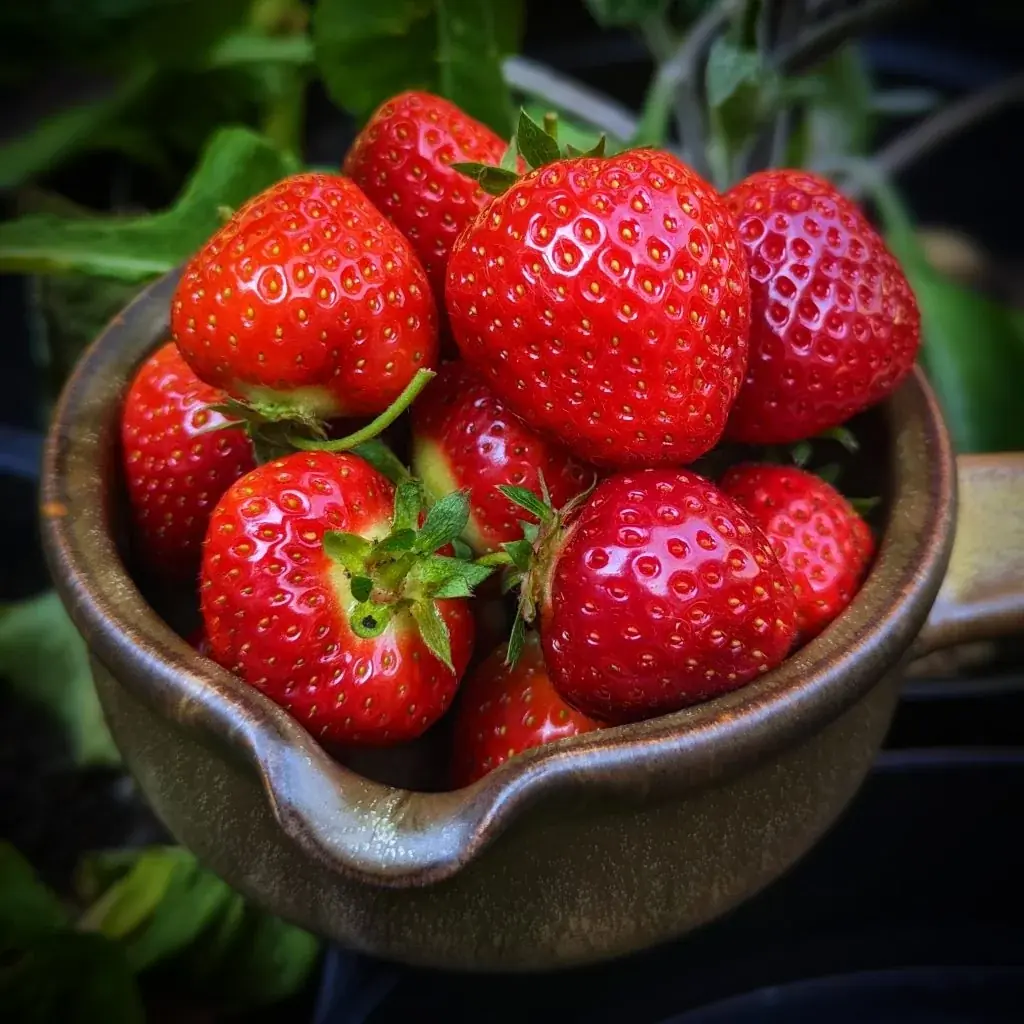
How To Grow Strawberries From Seed
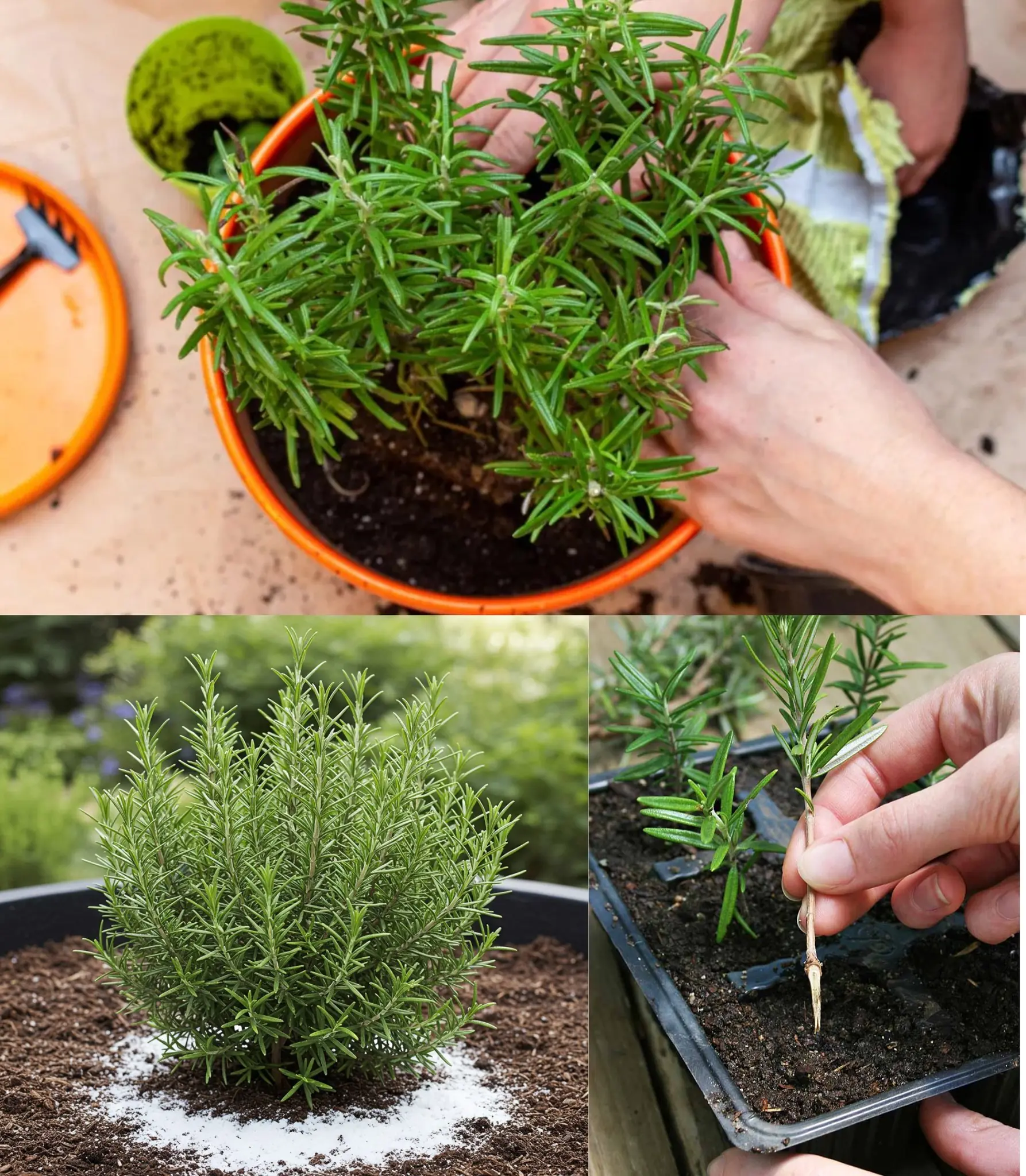
Rosemary Never Dries Again – Here’s the Gardener’s Trick!
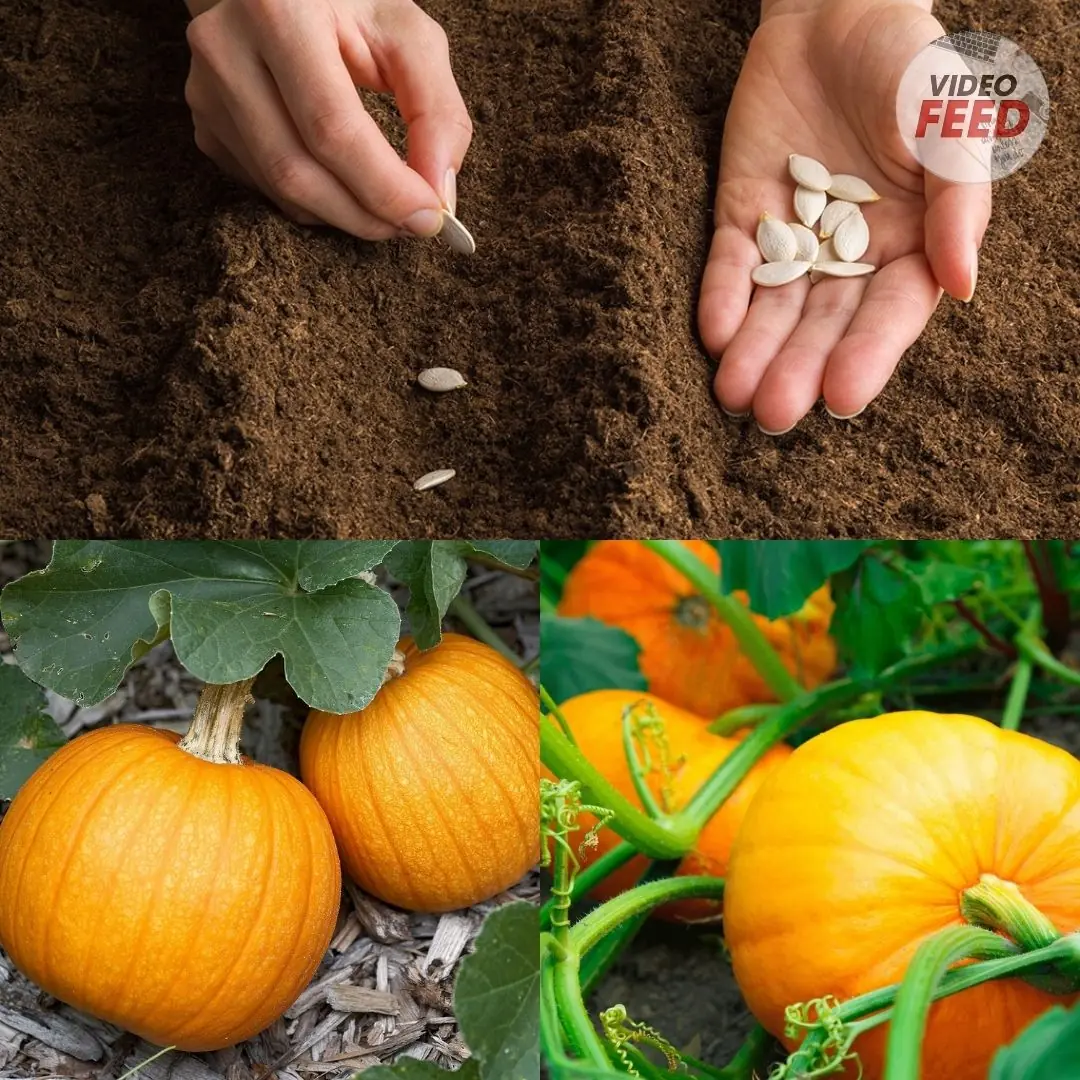
How to Grow Pumpkins in Your Home Garden
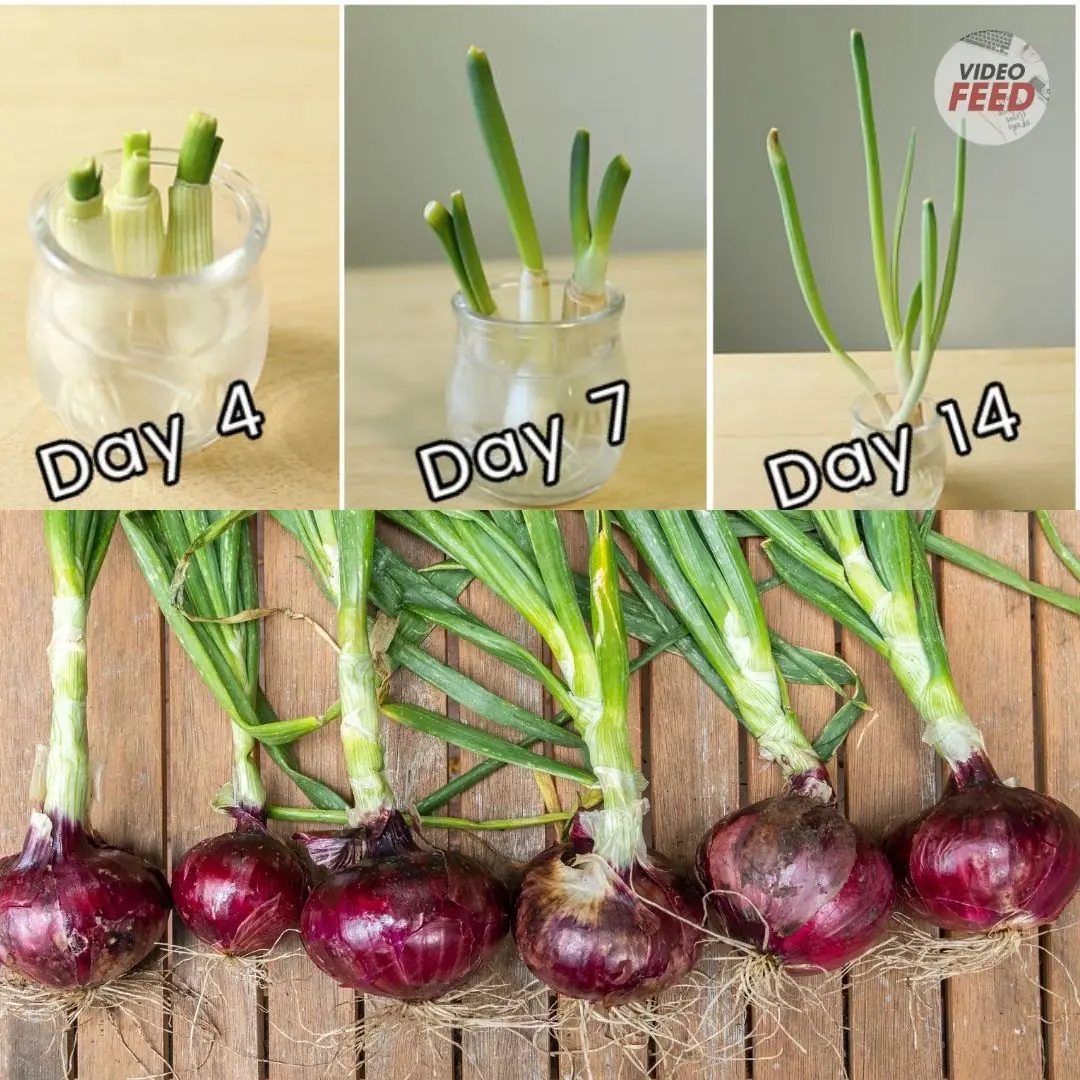
How to Grow and Care for Red Onions in the Garden
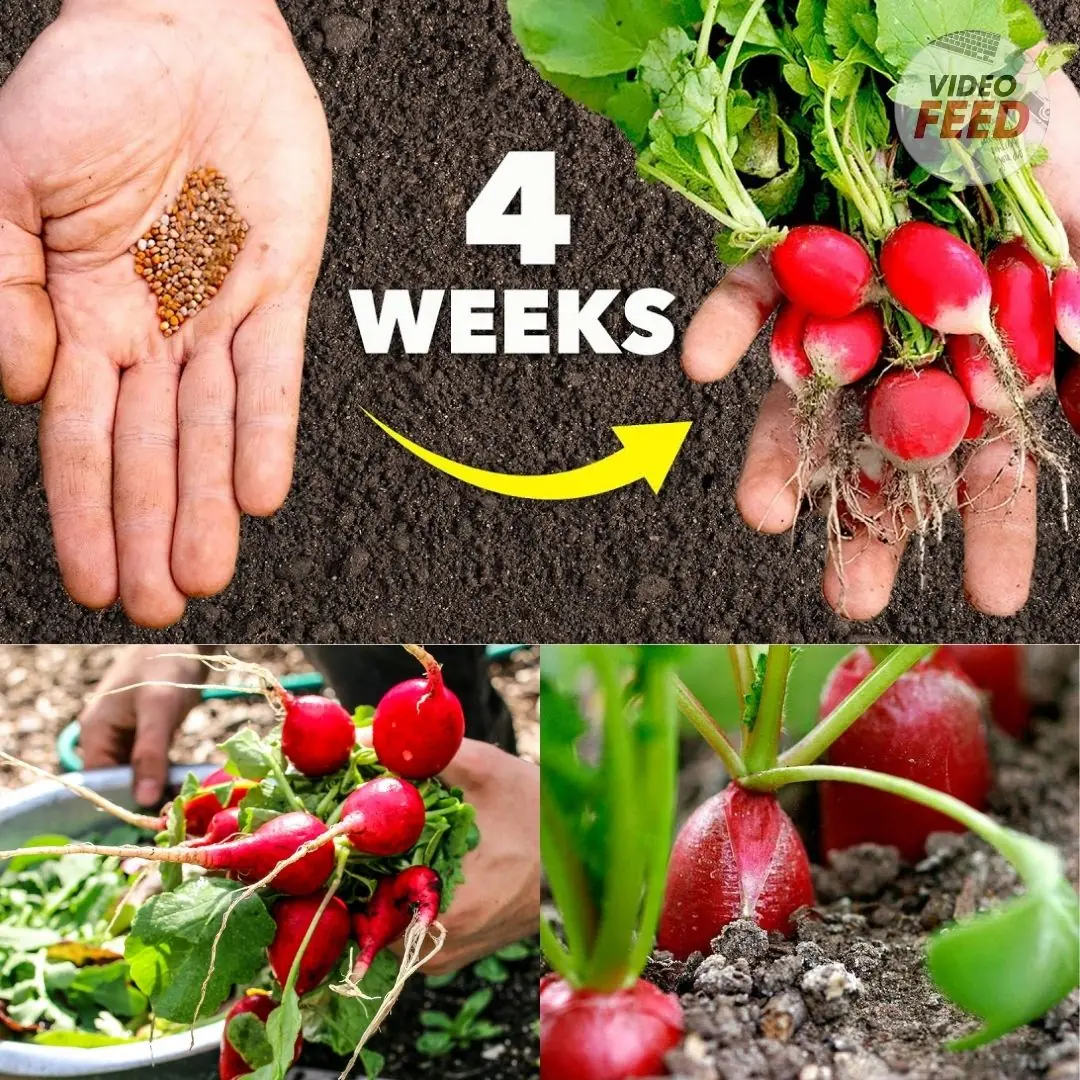
6 Easy Steps to Plant Radish Seeds in an Organic Kitchen Garden
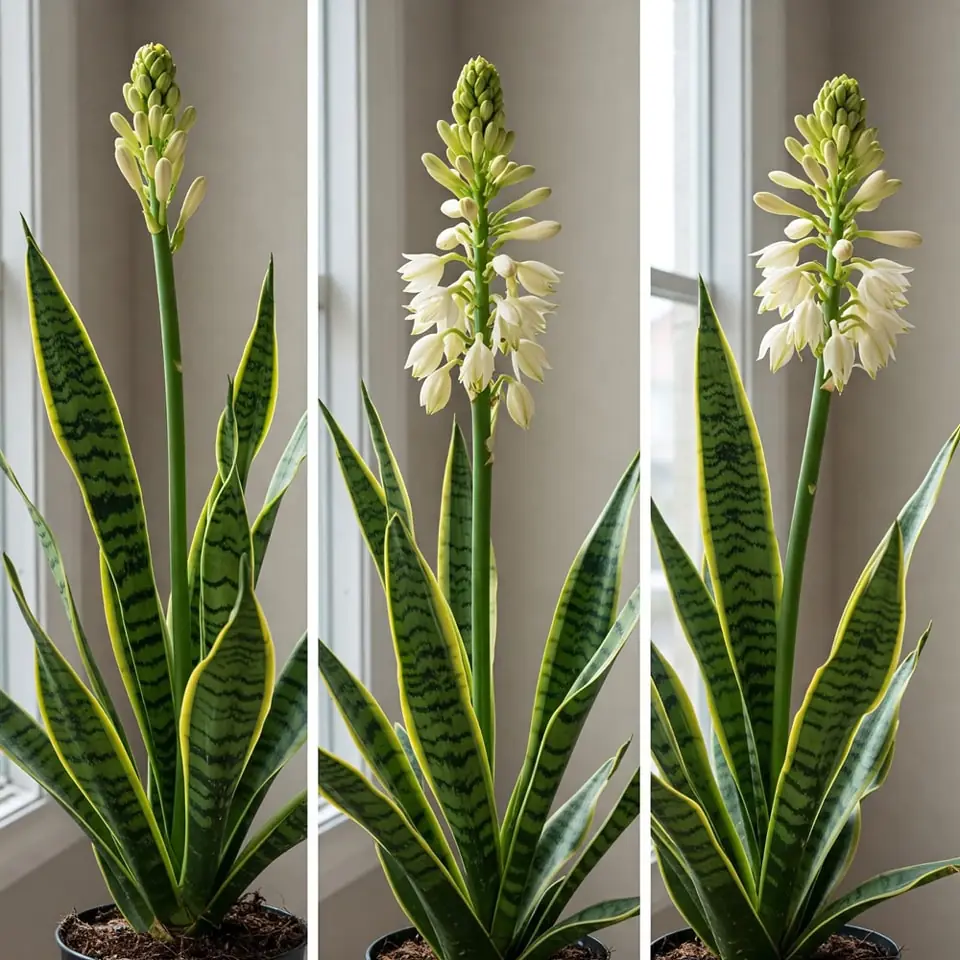
Snake Plants and Their Rare Blooming Phenomenon: A Guide to Encouraging Flowers
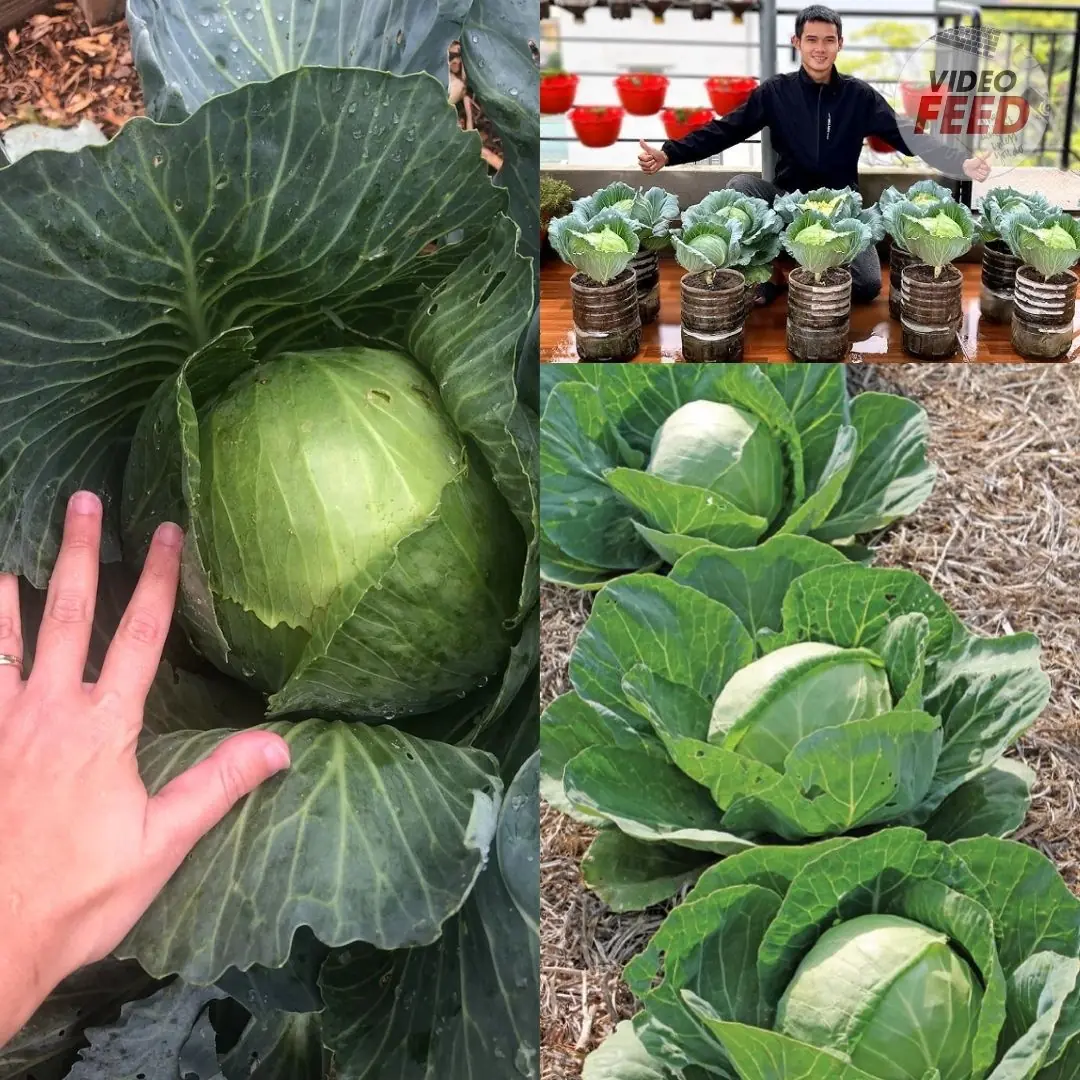
How to Grow Cabbage: 10 Tips for a Successful Harvest
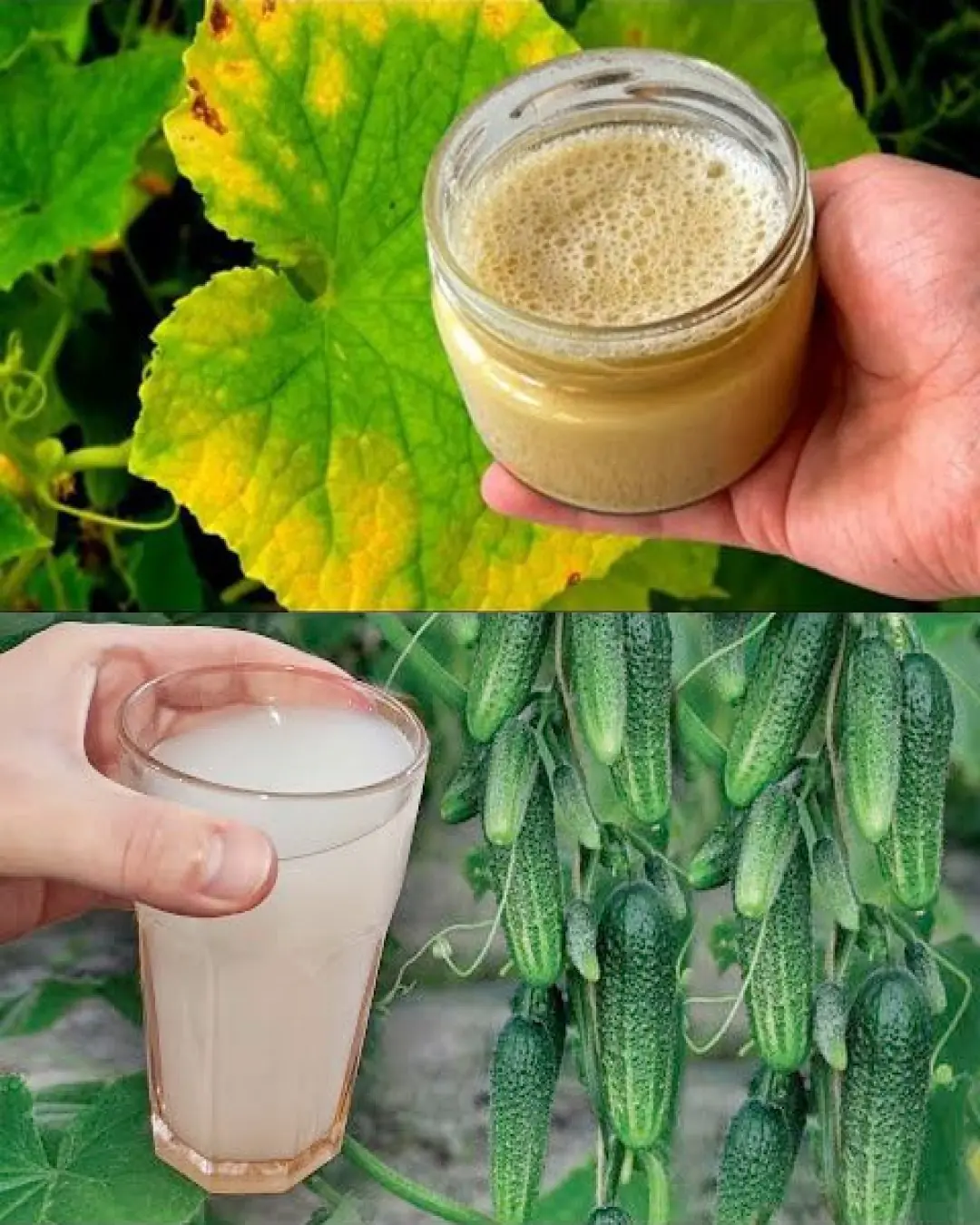
The Power of Yeast: A Natural Booster for Growing Tomatoes, Peppers, and Cucumbers
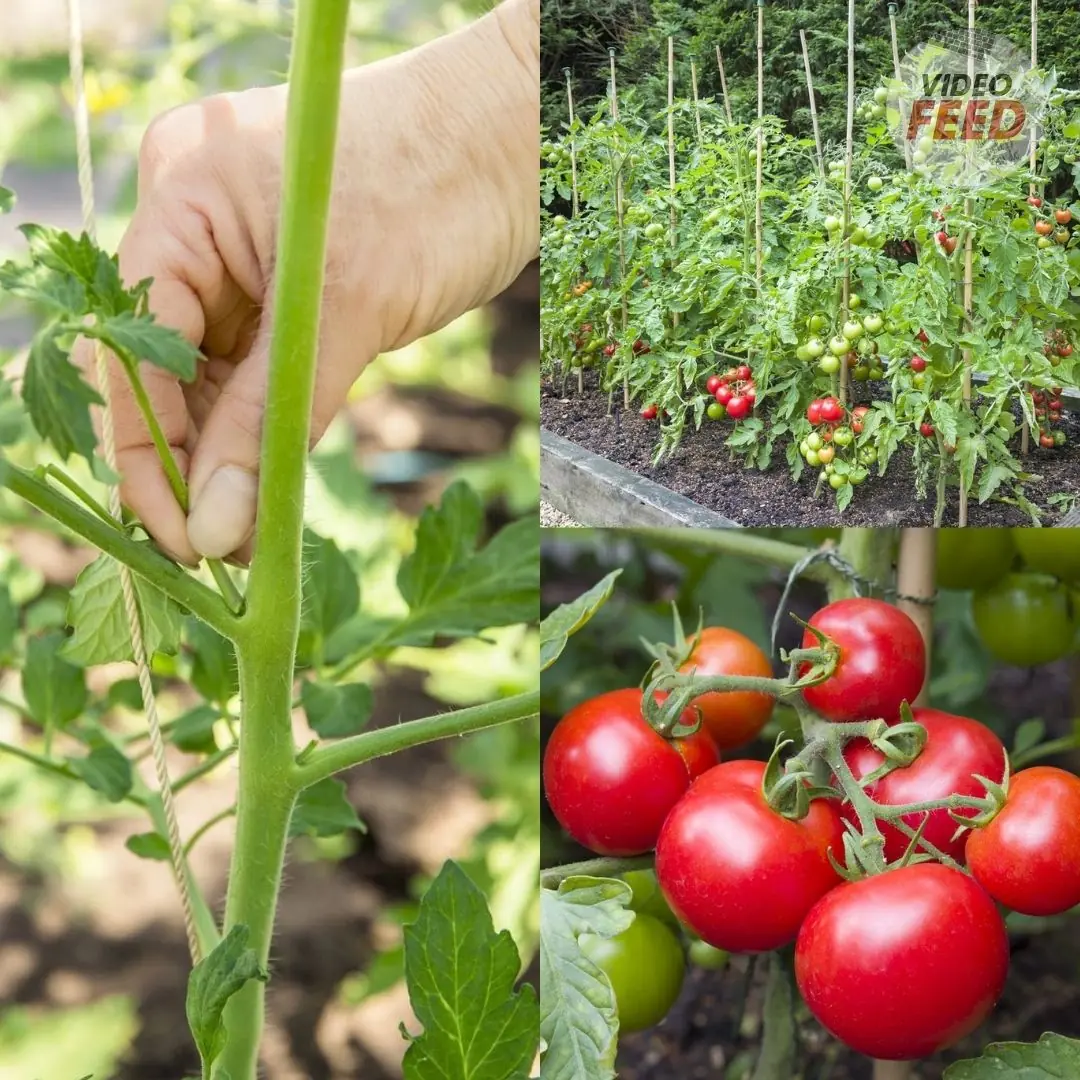
The 8 Biggest Tomato Growing Mistakes, According to Experts
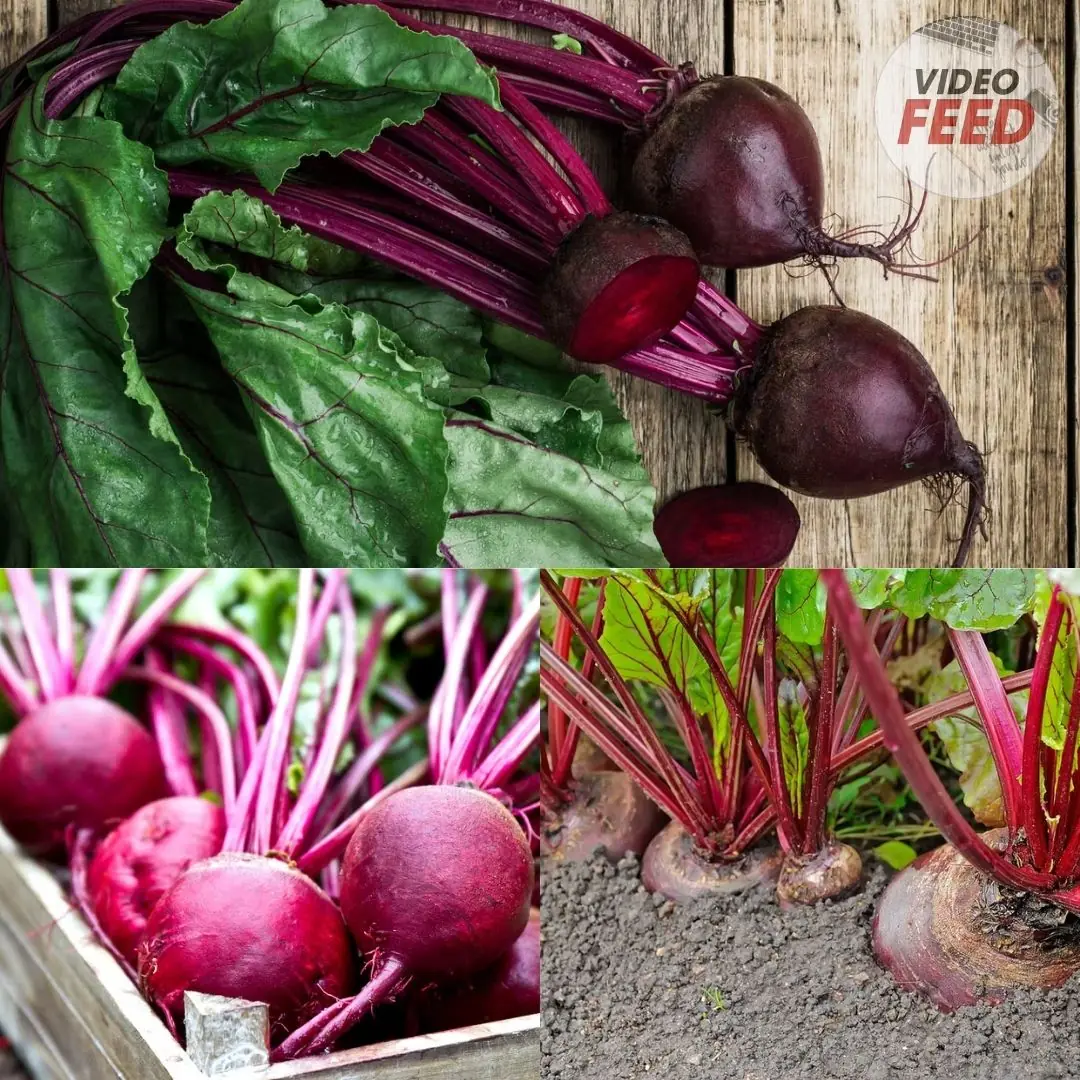
How to Grow Beets This Fall for a Hearty Autumn Harvest
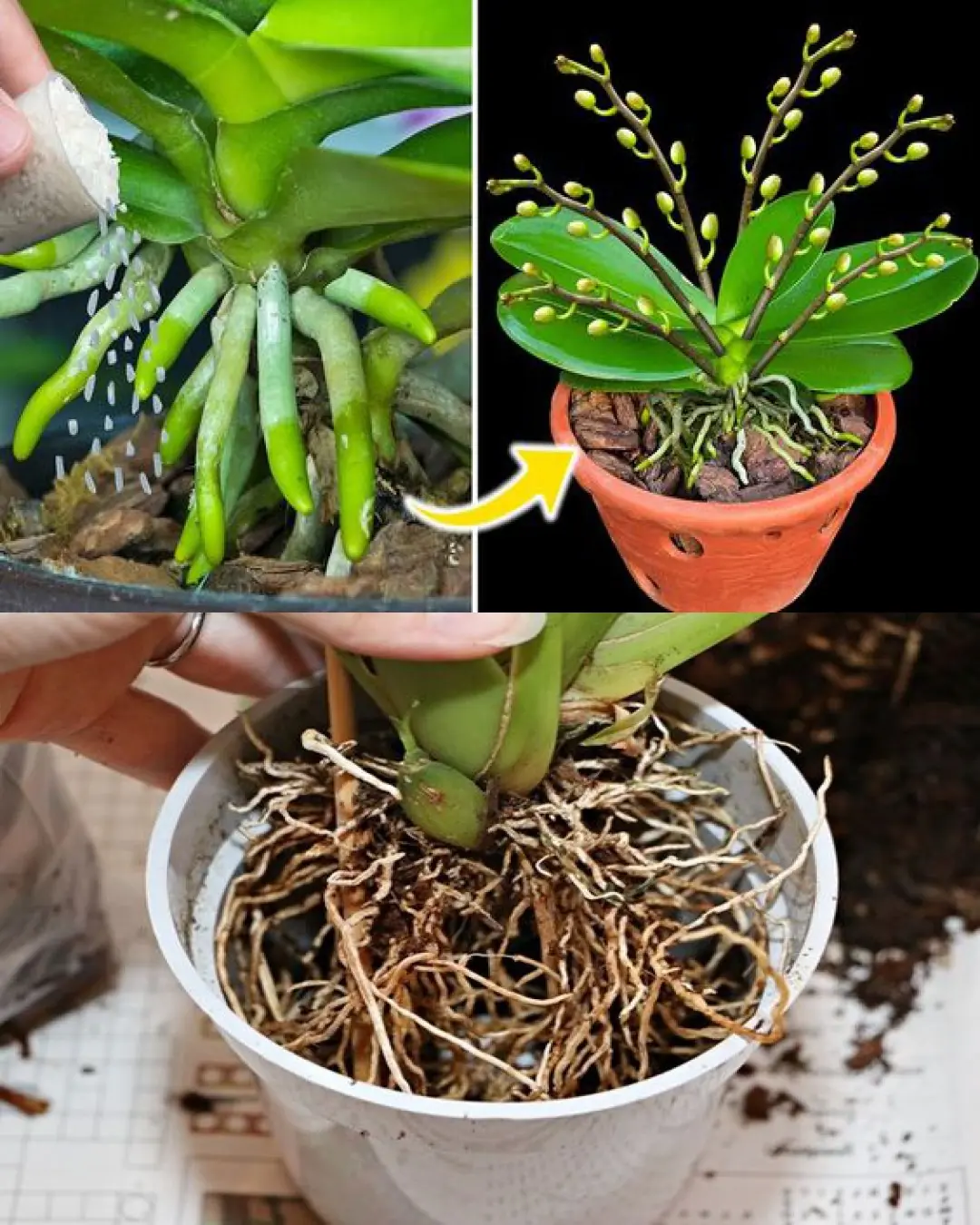
Deciphering Orchid Roots: Reasons They Extend Beyond Pots and Recommended Actions
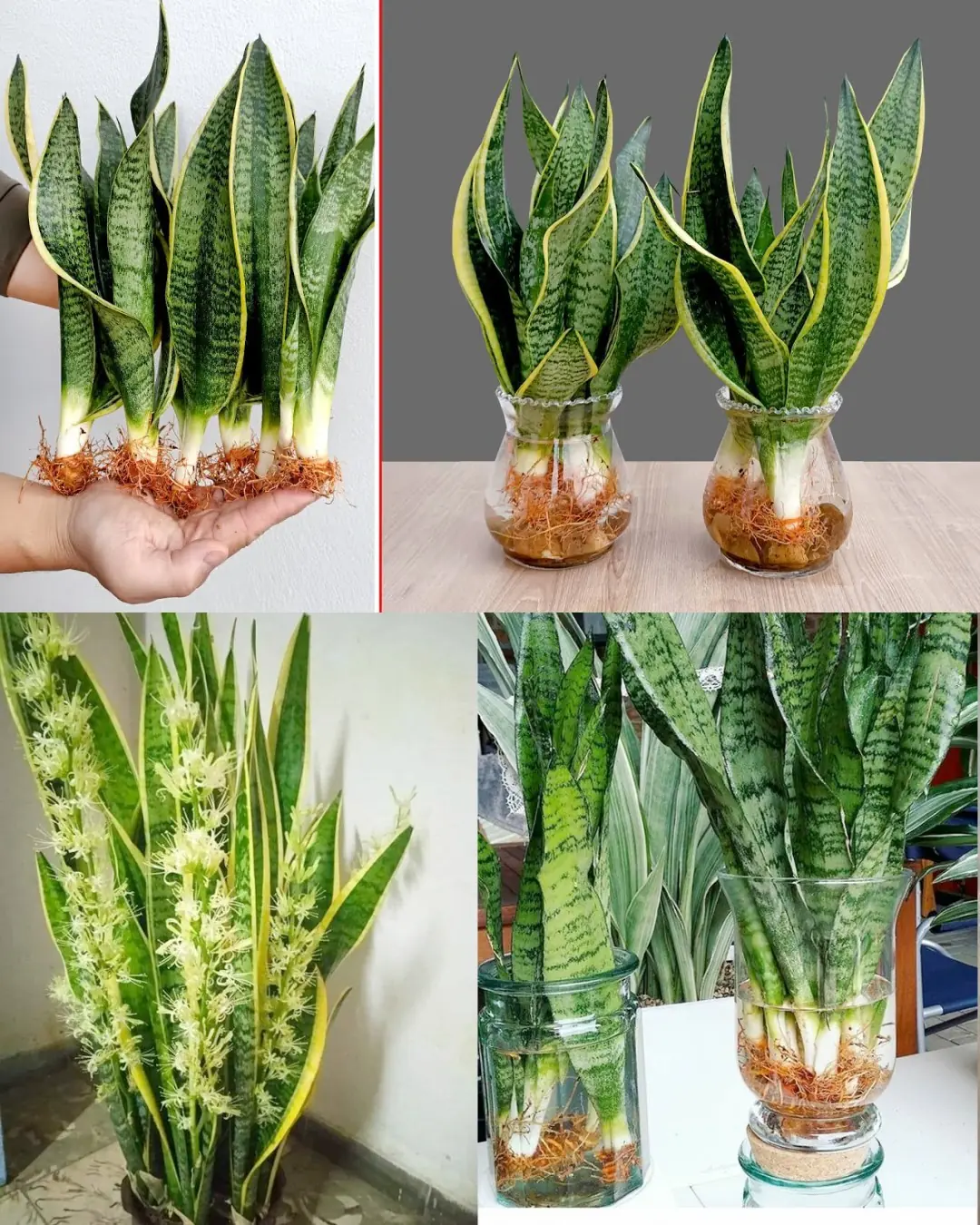
How to Multiply Your Sansevieria Quickly: From One Plant to a Thriving Collection
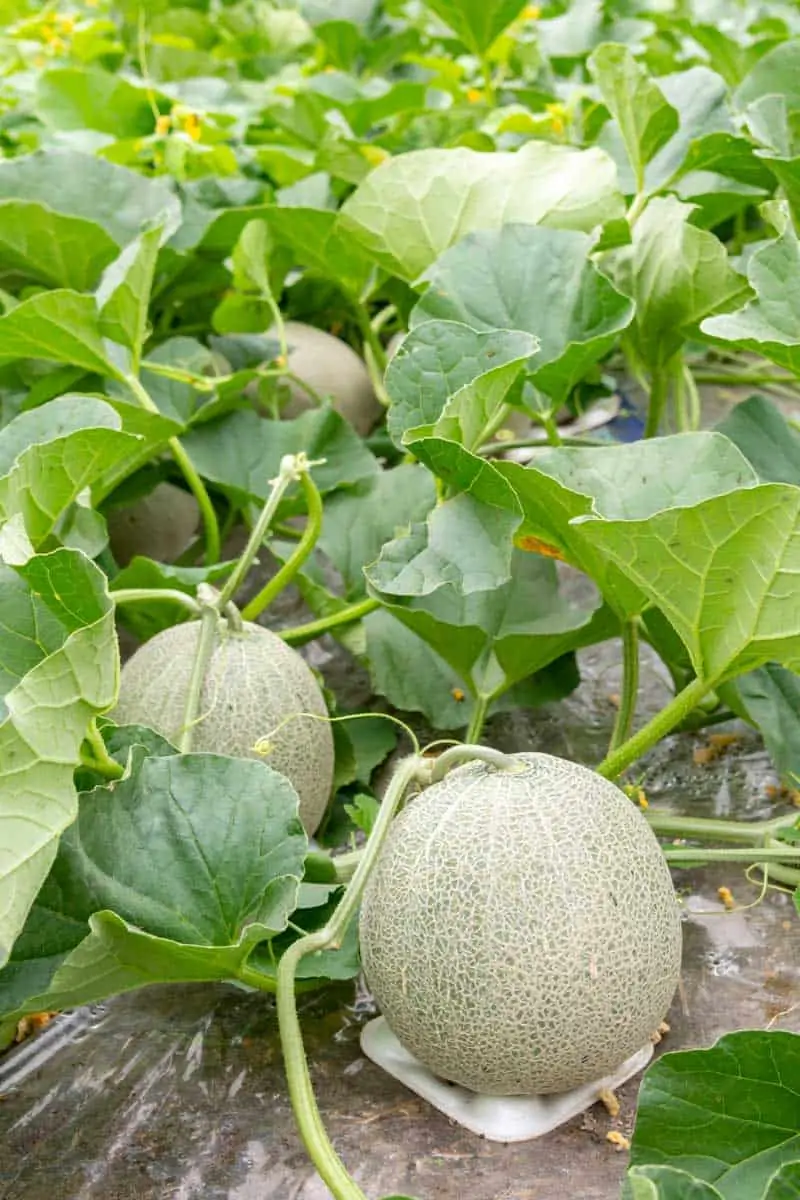
Guide to Cultivating Cantaloupe in Your Garden
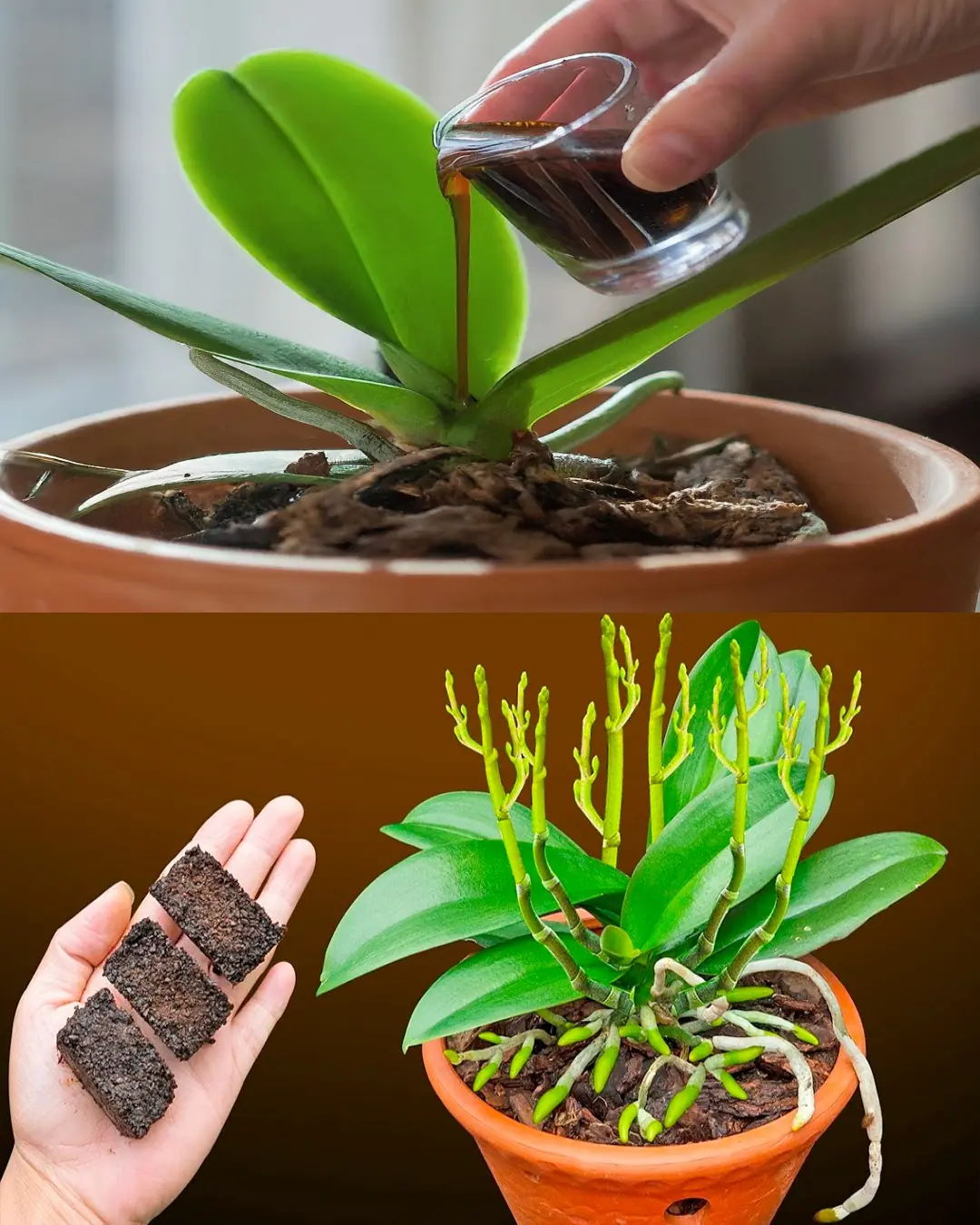
Coffee Magic: A Simple Trick to Help Orchids Bloom Repeatedly

Easy Growing Clove: From Seed to Spice
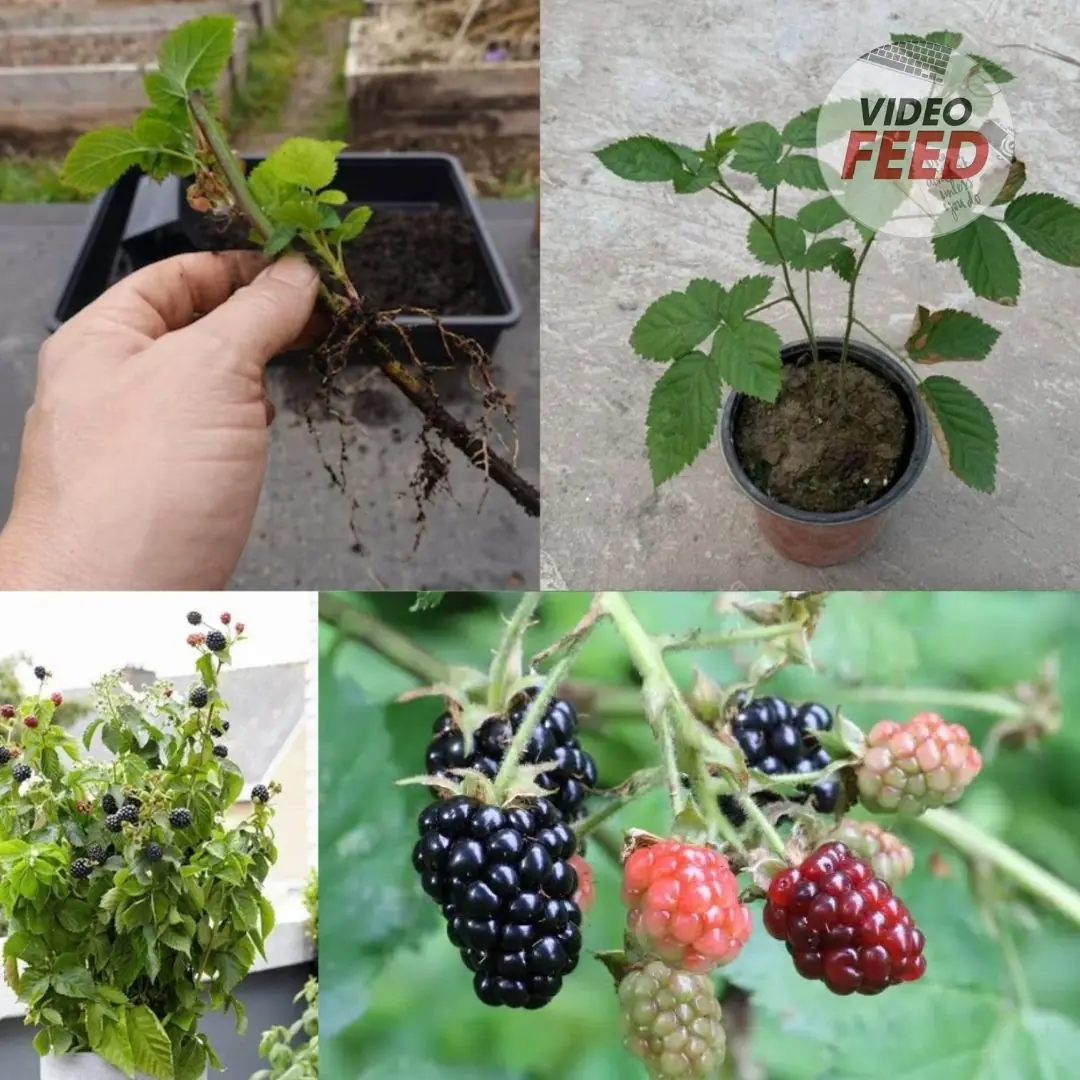
How to Grow Blackberries at Home in Pots
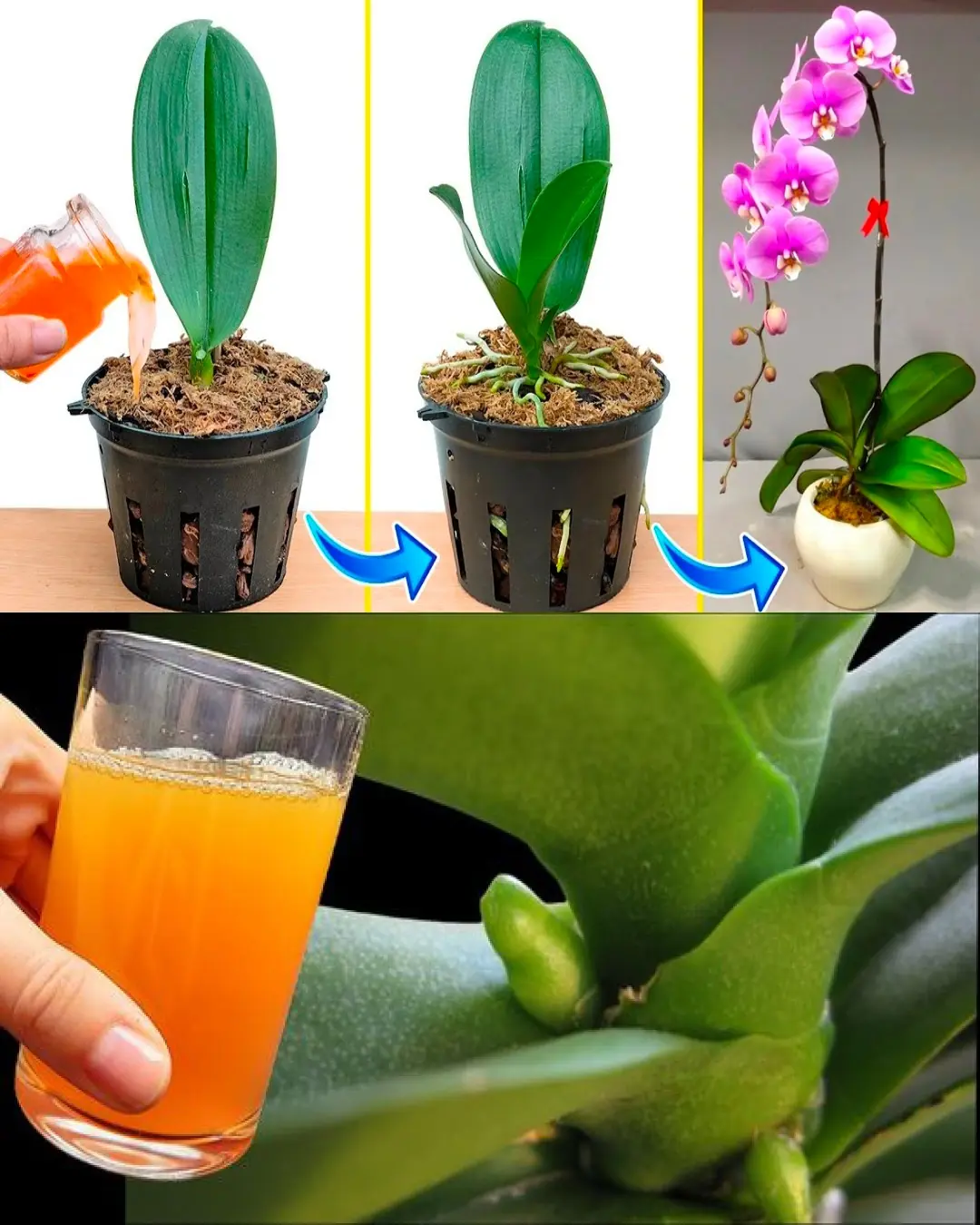
Unlock the Power of Carrot Juice: A Natural Boost for Thriving Plants
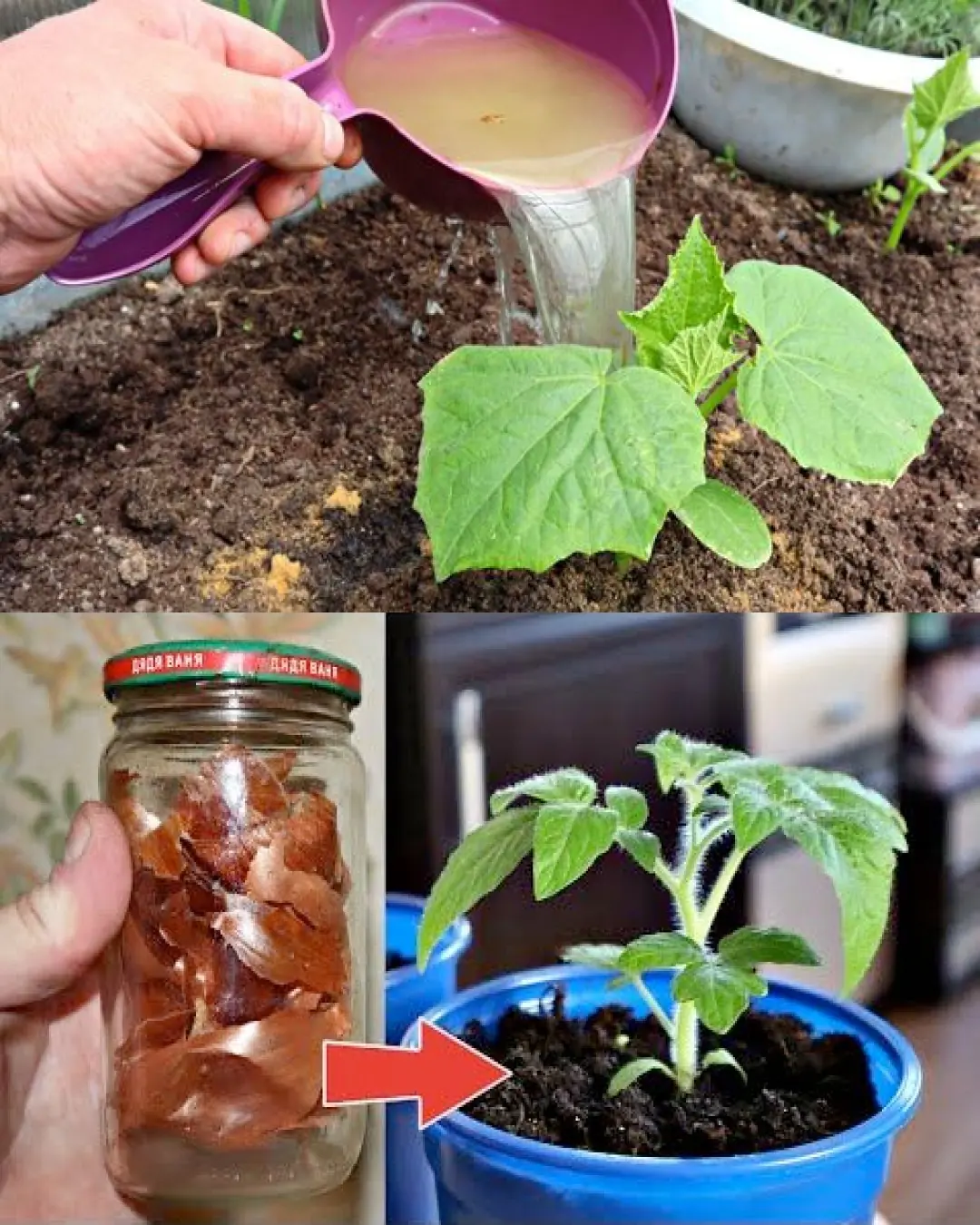
Boost Your Tomato Growth with Onion Peels: Nature’s Secret Fertilizer!
News Post
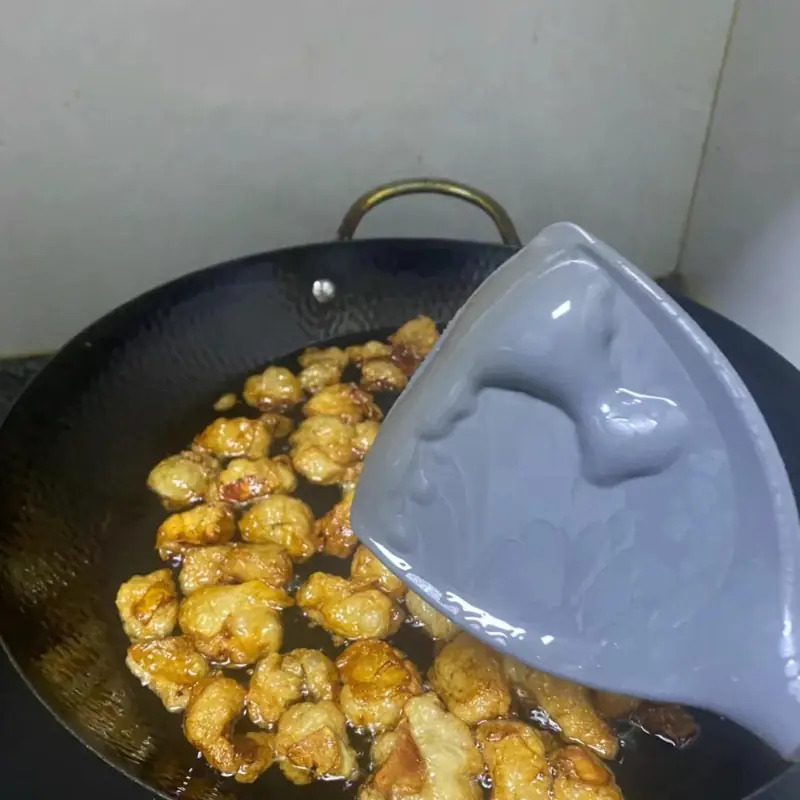
For the Sake of Your Family’s Health, I Strongly Urge You to Get Rid of These 10 Items

Drinking Coffee at These Two Times Is Like “Poiso.ning Your Body”

No Need for Sprays or Mosquito Nets: Just Place This Herb in Your Room and Mosquitoes Will Flee

Hotel Check-In: Say These 3 Sentences to the Front Desk for Instant Perks!

How To Grow Coconut Tree From Coconut Fruit

How To Grow Strawberries From Seed

Rosemary Never Dries Again – Here’s the Gardener’s Trick!

8 symptoms of kidney fai.lure you should never ignore

How to Grow Pumpkins in Your Home Garden

How to Grow and Care for Red Onions in the Garden

6 Easy Steps to Plant Radish Seeds in an Organic Kitchen Garden

3 things that don’t go well with eggs

Snake Plants and Their Rare Blooming Phenomenon: A Guide to Encouraging Flowers

How to Grow Cabbage: 10 Tips for a Successful Harvest

Tips for cleaning yellow pillow cores with tiny mold spots

4 Signs You Might Have Sleep Apnea

7 Natural Tips to Improve Teeth Whiteness at Home

5 foods you should never keep overnight
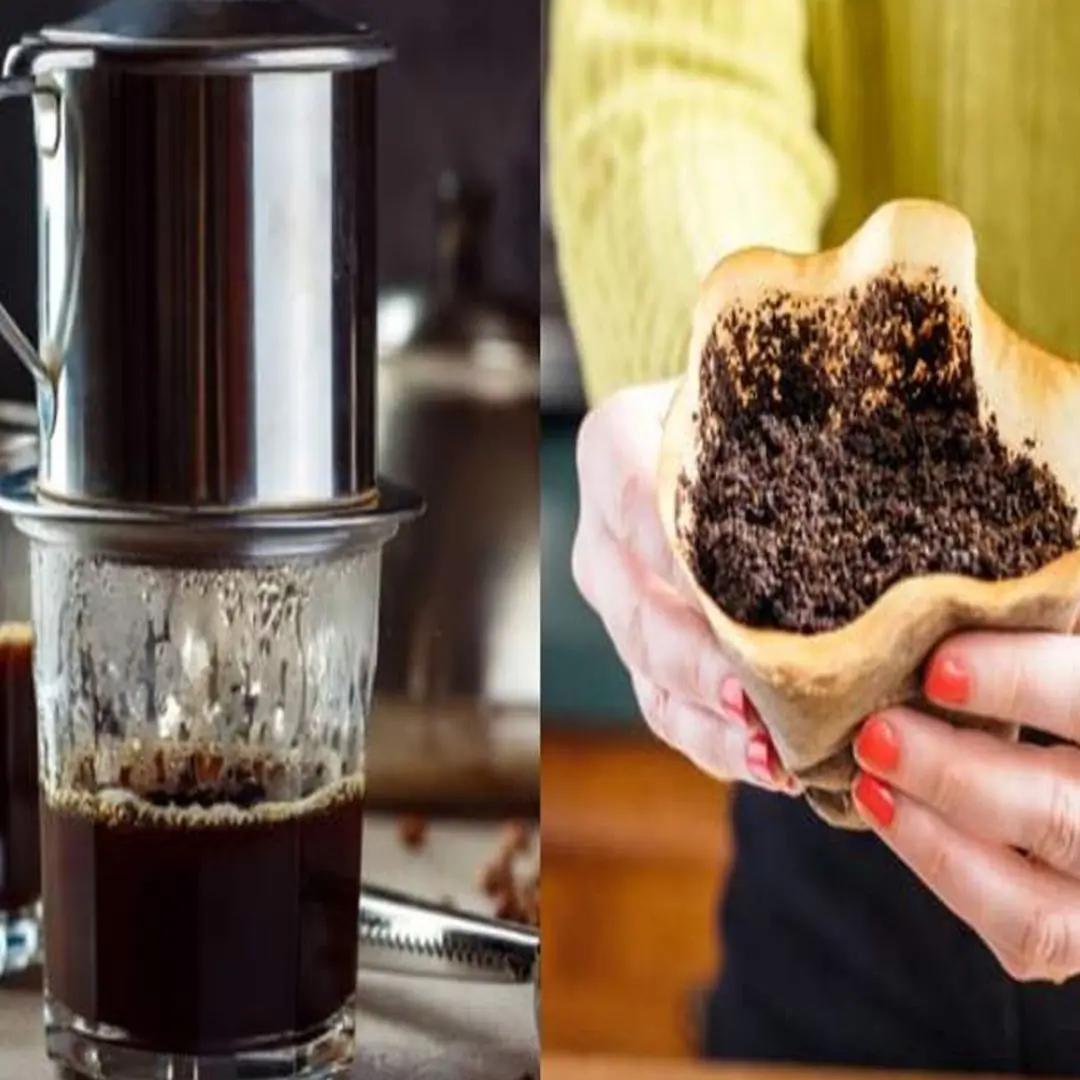
Throwing away coffee grounds is like throwing away money. Uses of coffee grounds that every home needs
